Many entrepreneurs want to develop a fitness tracking app like Strava but hesitate because they believe the market belongs only to giants.
And here’s the kicker: the market is far from saturated.
Strava reached 120 million registered users in 2023 and earned $275 million in revenue, a 25 percent increase from the year before. More than two million people joined Strava every month, proving that the demand for fitness apps is only accelerating. (Source)
Strava created a global community where athletes stay motivated, compete with friends, and celebrate progress together. This mix of technology and social connection explains why fitness apps are thriving.
The opportunity is still wide open. If you create a fitness tracking app with innovative features such as AI-based coaching, gamification, or personalized insights, you can capture a growing audience that wants more than simple activity logs.
In this guide, we will explain how to develop a fitness tracking app like Strava, the features that make such apps successful, and the real cost of building one in 2025. If you are exploring ways to turn fitness technology into a business, this is your roadmap.
Also Read: If you want to develop a fitness app but don’t know where to start, read our fitness app development guide.
Why develop a Fitness Tracking App like Strava?
More than just a luxury, fitness-tracking apps have now become an important part of people’s lives.
Revenue in the Fitness App Market is expected to show an annual growth rate (CAGR 2025-2029) of 4.93%, resulting in a projected market volume of US$10.06bn by 2029. (Statista)
Fitness apps like Strava and Fitbit have led the charge, showcasing the growing demand for fitness tracker app development which in turn is leading to more demand for AI in fitness.
Breaking Down the Business Model for Strava
Before development, it is very important to understand the business model of Strava. Strava uses a freemium business model, whereby users are allowed to use core functionalities for free while premium features are available via a subscription.
This strategy makes sure that an application gets a wider user base while having revenue from power users, and it is a proven approach for anyone planning to develop a fitness tracking app like Strava.
Revenue Streams of Strava
- Subscription Services: Strava Premium offers exclusive features like advanced analytics, training plans, and segment competition for $5–$10/month.
- Sponsored Challenges: Brands like Nike and Garmin sponsor challenges Strava to engage with their target audience.
- Data Insights and Integrations: Strava collaborates with various fitness brands to connect the app with wearables such as Garmin, Fitbit, and Apple Watch.
- eCommerce Partnerships: Strava earns its revenue by having partnerships with all the fitness-related e-commerce stores.
When you develop an app like Strava, you’ll need a revenue strategy that balances accessibility for users and sustainability for your business.
Key Features for a Fitness Tracking App Like Strava
To successfully develop a fitness tracking app like Strava, you must focus on features that provide real utility while keeping users engaged long term. The right mix of essential and advanced features ensures your app is not just another tracker, but a complete fitness companion that users rely on daily.
1. Essential Features
- Track Your Workouts with GPS: This core feature allows users to log activities such as runs, cycling, or hikes. It provides detailed metrics like distance, time, pace, and calories burned, which are fundamental for any fitness tracker app development project.
- Map Your Path: Giving users the ability to view, save, and reuse their routes adds convenience and makes workouts more structured.
- Share Your Achievements: A social feed where users can post updates, comment on others’ activities, and celebrate progress builds community and motivation.
- Leaderboards and Challenges: Healthy competition encourages users to push harder while fostering engagement through rankings and group fitness goals.
- Push Notifications: Smart reminders about daily activity, fitness challenges, or progress milestones keep users motivated and consistent.
2. Advanced Features
- Wearable Integration: Syncing with devices like Fitbit, Apple Watch, or Garmin enhances accuracy and provides real-time health insights. This is a must if you want to compete with leading fitness platforms.
- AI-Powered Insights: Personalized workout plans, nutrition suggestions, and recovery advice powered by artificial intelligence elevate the experience beyond basic tracking.
- Offline Mode: Allowing users to track workouts without Wi-Fi or mobile data ensures accessibility anytime, anywhere.
- Community and Social Connections: Features such as joining groups, clubs, or events transform your app into a social platform rather than just a fitness tool.
- Voice Support: Real-time coaching, motivational prompts, and live updates keep users focused during workouts.
Why Features Matter
Ask yourself this: Would you choose a fitness app that only counts your steps, or one that provides a custom workout plan, connects you with a fitness community, and motivates you every day? The bar set by the top AI fitness applications shows why it’s essential to go beyond the basics and create a custom tracking app that blends utility with user experience.
Apps that succeed, like Strava, don’t just track workouts, and they inspire, engage, and build lasting loyalty.
Step-by-Step Guide to Develop a Fitness Tracking App Like Strava
Developing a fitness tracking app like Strava requires a clear roadmap that balances business goals, user needs, and technology. A structured step-by-step process helps reduce risks, control costs, and ensure your app delivers real value to fitness enthusiasts.

Step 1: Research and Planning
Every successful product begins with a solid plan.
- Define Your Target Audience: Who are you building for? Runners, cyclists, gym-goers, or all the above?
- Competitor Analysis: Study apps like Strava, Nike Run Club, and Fitbit to identify gaps and opportunities.
- Unique Value Proposition: What will set your app apart? AI coaching, enhanced gamification, or a focus on underserved fitness niches?
Step 2: Create a Wireframe and Design
- Work with designers to create an intuitive and visually appealing UI/UX.
- Focus on creating an easy-to-navigate dashboard, detailed performance charts, and interactive social features.
- Incorporate color schemes and layouts that evoke motivation and energy.
Step 3: Choose the Right Tech Stack
How well your app works depends on the tools and technologies you use. For a fitness app like Strava, think about these options:
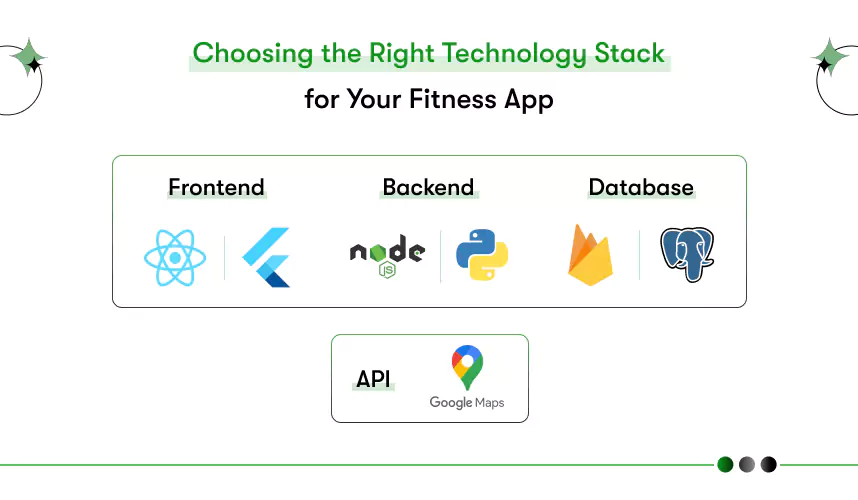
- Frontend: Use React Native or Flutter to build the app for both iOS and Android at the same time.
- Backend: Pick Node.js or Python to build a backend that can handle more users as your app grows.
- APIs: Add APIs like Google Maps for tracking routes and Strava API for sharing fitness data.
- Database: Use Firebase or PostgreSQL to keep user data safe and secure.
Step 4: Develop the MVP
Start off with a Minimum Viable Product (MVP) consisting of the most essential features like GPS tracking, activity data, and a social feed.
This approach allows you to build a fitness tracker app that reaches the market quickly, gathers real user feedback, and validates ideas before adding more complex features.
Step 5: Test and Iterate
- Conduct usability testing to ensure the app is intuitive and bug-free.
- Gather feedback from beta testers to improve functionality and design.
Step 6: Launch and Market Your App
- Put your app on both the App Store and Google Play.
- Use popular fitness influencers, ads for specific groups, and social media posts to interest people.
- Plan online events or fun challenges to make people excited about your app.
A strong launch and creative marketing strategy ensure that when you build a fitness tracker app, it reaches the right audience and gains traction quickly.
How Much Does It Cost to Develop an App Like Strava?
The cost to develop an app like Strava depends on several factors such as app complexity, feature set, and the expertise of the development team. Many entrepreneurs also ask how much does it cost to build an app like FitBit, since both apps share similar functionality and attract the same target audience.

Key Factors Influencing Costs
- Feature Set: Advanced features like AI coaching, offline functionality, or wearable device integrations increase costs.
- Team Composition: A full-stack development agency charges more than freelancers but provides higher quality and reliability.
- Region of Development: Hourly rates vary widely, with North America charging $100–$200/hour and Asia averaging $30–$50/hour.
Estimated Development Costs
| Type of App | Estimated Cost Range | What’s Included |
| Basic Fitness App | $25,000 – $50,000 | Core tracking features (GPS, step counter, activity log), basic UI/UX |
| Feature-Rich App Like Strava | $80,000 – $150,000 | Social features, AI-based coaching, gamification, wearable integration, premium UI |
| Ongoing Costs (Annual) | $10,000 – $50,000 | Server maintenance, updates, bug fixes, and marketing activities |
Estimated Costs Based on Development Team
| Development Team Type | Hourly Rate Range | Pros | Cons | Estimated Project Cost (Strava-like App) |
| Freelancers | $20 – $60 / hour | Low cost, flexible availability | Limited expertise, higher risk of delays, less reliable | $25,000 – $60,000 |
| In-House Team | $80 – $150 / hour | Full control, dedicated team, long-term commitment | Very expensive, requires ongoing salaries and overhead | $100,000 – $180,000+ |
| Offshore Development Agency | $30 – $70 / hour | Cost-effective, scalable resources, proven experience | Time-zone gaps, requires clear communication | $50,000 – $90,000 |
| Full-Stack Development Agency | $70 – $200 / hour | End-to-end services, strategy, design, development, maintenance | Higher upfront cost | $80,000 – $150,000+ |
These numbers provide a reliable starting point, but the actual cost of developing a Fitbit like app or Strava-like solutions will vary based on scope and execution. Keeping track of fitness industry trends also helps you make smarter investments and ensures your app remains competitive.

Fitness Tracking App Development: Key Challenges and Solutions
Developing a fitness tracker app has its own difficulties. Here are some to think about before you start the journey. Entrepreneurs who want to create a fitness tracking app must handle technical challenges, user engagement concerns, and strict data security requirements. Addressing these issues early makes it easier to launch a reliable and competitive solution.
Accurate Data Tracking:
- Challenge: Fitness apps rely on GPS and wearable devices to track activities like running, cycling, or heart rate monitoring. Poor accuracy leads to frustrated users who may stop using the app. In fitness tracker app development, precision is the backbone of user trust.
- Solution: Partner with trusted hardware providers and integrate robust APIs. Testing across different devices ensures consistent and accurate tracking. Regular calibration and machine learning models can also improve data accuracy over time.
User Retention:
- Challenge: Many fitness apps lose a significant portion of users within the first 30 days. Lack of motivation, boring interfaces, or absence of social elements are common reasons.
- Solution: To keep users engaged, add gamification features like badges and rewards, allow users to compete with friends, and deliver personalized workout plans. These strategies encourage users to return daily and build long-term loyalty when you develop fitness tracking app like Strava.
Data Privacy:
- Challenge: Fitness apps handle sensitive information, including health data and location tracking. Mismanagement can lead to legal penalties and loss of user trust.
- Solution: Use end-to-end encryption, strong authentication, and compliance frameworks like GDPR or HIPAA. Clear privacy policies help users understand how their information is handled, which builds confidence in your platform.
Scalability:
- Challenge: A fitness app that starts with a small user base must scale smoothly as it gains popularity. Handling more users means managing larger data volumes and ensuring stable performance.
- Solution: Build a scalable architecture with cloud-based infrastructure such as AWS, Azure, or Google Cloud. This ensures that as your app grows, it can handle higher traffic without disruptions, making your decision to build a fitness tracker app sustainable for the long term.
Overcoming these challenges is essential for successful fitness tracker app development. When you plan for accuracy, retention, privacy, and scalability from the start, you reduce risks and create a platform that users trust and enjoy. Addressing these factors early gives your project a stronger chance to grow into a competitive fitness solution.
Examples of Fitness Tracker App Development in Different Industries
Fitness tracking apps do more than track daily activities. They are now used in many areas, such as healthcare, workplace wellness programs, education, and sports.
If you want to make a fitness-tracking app like Strava, understanding how AI in a fitness app solution works in different industries will help you choose the right features, business strategies, and market opportunities.
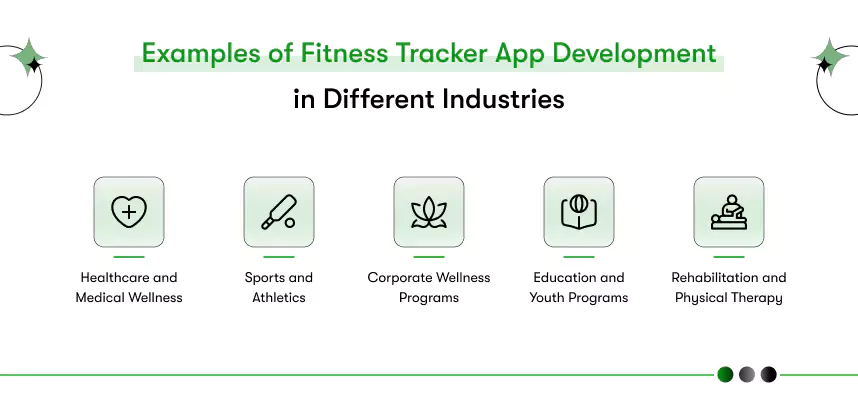
Healthcare and Medical Wellness
In healthcare, fitness-tracking app is essential for preventing illnesses, managing long-term diseases, and monitoring patients from a distance. Apps like MyFitnessPal and Fitbit allow users to track important health details like heart rate, how many calories they eat, and how much they move around.
At the same time, doctors and health workers use these apps to gather up-to-date information and suggest custom health plans for each person.
Key Features for Healthcare Apps:
- Integration with wearable devices for real-time health monitoring
- Alerts for abnormal health metrics (e.g., irregular heartbeats or high blood pressure)
- Telemedicine functionality for consultations with doctors
If you want to develop a fitness-tracking app like Strava for healthcare, you can focus on features like setting personal health goals, dashboards for doctors to analyze data, and ensuring the app follows HIPAA rules to keep patient information safe.
Sports and Athletics
Fitness tracking apps help sports teams and athletes monitor performance, avoid injuries, and devise more suitable training plans. Some popular fitness tracking apps, like Strava, record workouts and post updates on cyclists’ and runners’ performances.
However, sports organizations that plan to create a custom tracking app might need more detailed data analysis tailored for team sports or specific athletic events.
Key Features for Sports Apps:
- Outdoor activity GPS tracking
- Data on how well you perform in endurance, speed, and recovery
- Rankings for competitive challenges
- Video tips to help improve your skills
To develop an app like Strava tailored for athletes, you can add fun elements like rewards, badges, and ways to connect with others. These features help keep users interested and motivated.
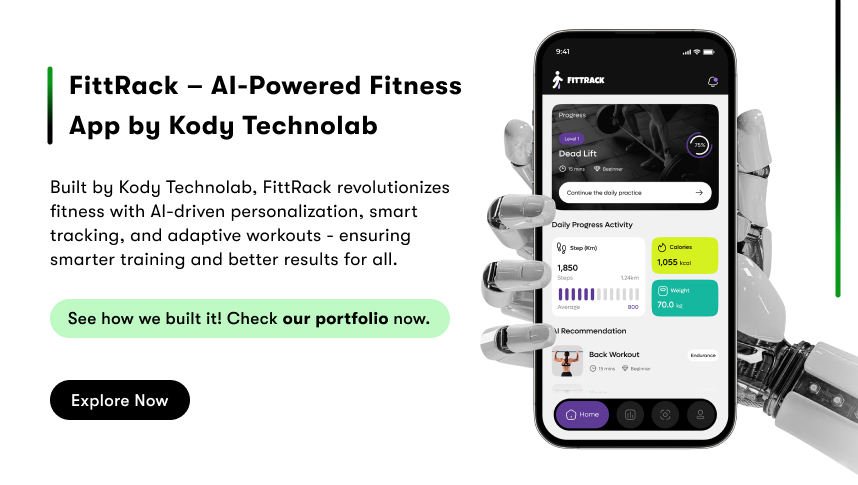
Corporate Wellness Programs
Workers’ health greatly affects their productivity and happiness at work. Company wellness apps help workers stay active, lower stress, and create good health habits. Apps such as Virgin Pulse and Limeade give businesses ways to start health challenges, monitor worker participation, and reward healthy actions.
Key Features for Corporate Wellness Apps:
- Team challenges to encourage teamwork and friendly competition
- Connection with HR tools to manage rewards and recognition
- Custom wellness tips and advice for both mental and physical health
If you plan to develop a fitness tracking app like Strava for corporate wellness, consider features emphasizing team building and providing HR managers with actionable insights.
Education and Youth Programs
Fitness apps aren’t only for grown-ups. Schools and groups working with kids use fitness trackers to encourage exercise and fight childhood obesity. Apps like GoNoodle add fun workouts and games to kids’ daily schedules, helping them stay active while teaching them about health and staying fit.
Key Features for Youth Fitness Apps:
- Fun, interactive challenges designed for children
- Parental or teacher dashboards for monitoring progress
- Educational content about nutrition and physical activity
Creating an app for education might involve balancing gamified experiences with tools for tracking progress in a way that resonates with both kids and their caregivers.
Rehabilitation and Physical Therapy
People getting better after surgery or injuries often need a planned recovery program. Apps like Kaia Health, made for physical therapy, offer exercises, help track progress and let users talk to their therapists to support their healing. The integration of fitness tracker app development with wearable devices serves to monitor detailed recovery metrics, such as joint mobility and functional range.
Key Features for Rehab Apps:
- Video guides for physical therapy workouts
- Track your progress and celebrate your goals
- Consult therapists through online health services.
To make an app like Strava for physical therapy, focus on creating a user-friendly interface and ensuring compliance with medical standards.
Final Thoughts
Fitness tracker app development has greatly influenced many fields, such as health tracking, improving sports performance, workplace wellness programs, and injury recovery. If you want to make an app similar to Strava, there are many ways to tailor it to fit the needs of different industries.
When you define your target audience, select the right features, and understand Strava’s business model, you can develop a fitness tracking app like Strava that keeps users engaged and generates revenue. Even though making an app like Strava might cost a lot, spending money on sound development and a great user experience will ultimately be worth it.
Building a fitness tracking app like Strava is more than a technical challenge; it is an opportunity to create a product that motivates, connects, and inspires users worldwide.
Why Outsource Fitness Tracker App Development to Kody Technolab Ltd?
Hiring a skilled and experienced company like Kody Technolab Ltd to create your fitness tracking app can be a big step toward making your project successful. Kody Technolab is a top Fitness App Development Company. They are known for building creative, adaptable, and easy-to-use apps that fit exactly what their clients want.
Whether you’re looking to make a fitness tracking app like Strava or design something with special features, their skills can turn your idea into a real app while saving you both time and money.
Fitness apps like Strava have raised the bar for the industry, offering a combination of high-performance activity tracking, gamification, and community-building features. To achieve or go beyond this level of functionality, you need more than just coding abilities.
You need a development partner who knows how to develop fitness tracking app like Strava, understands its business model, applies strong user experience (UX) principles, and leverages the latest technology. This is where Kody Technolab stands out.

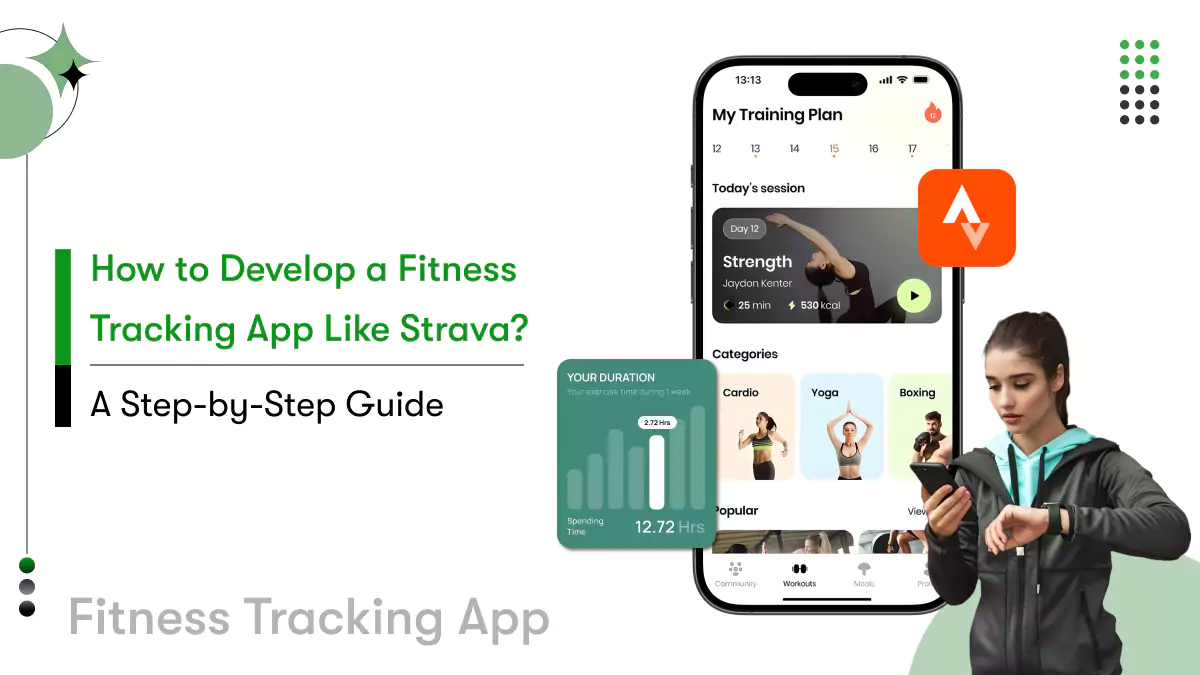

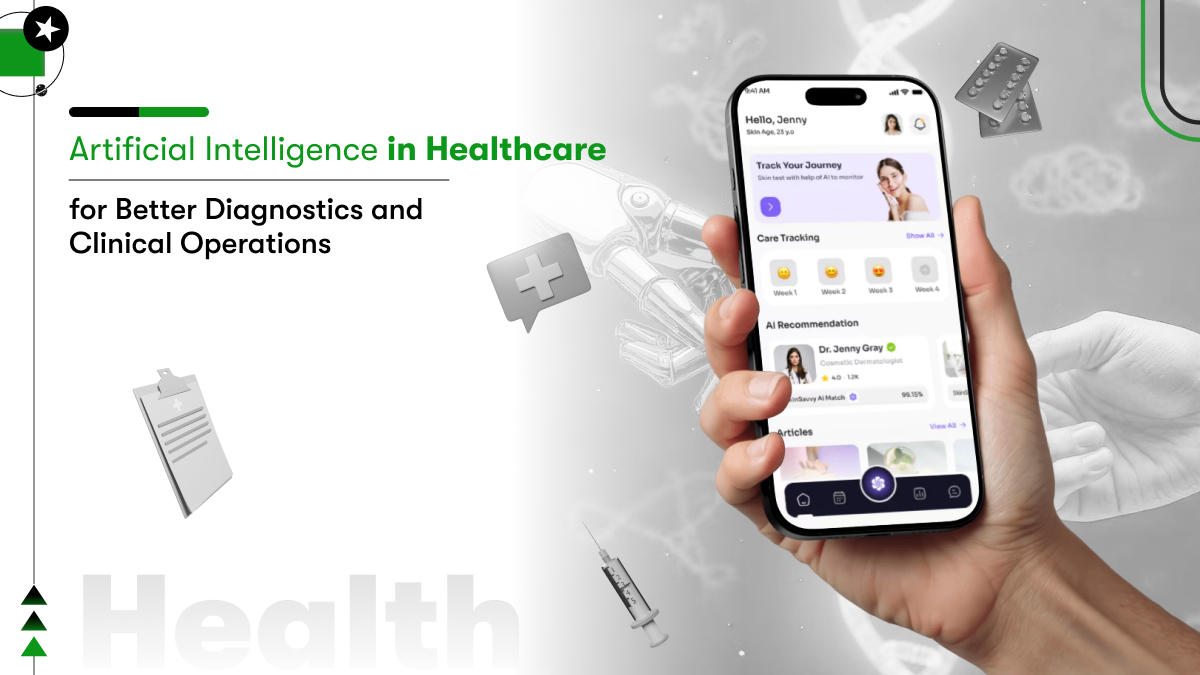
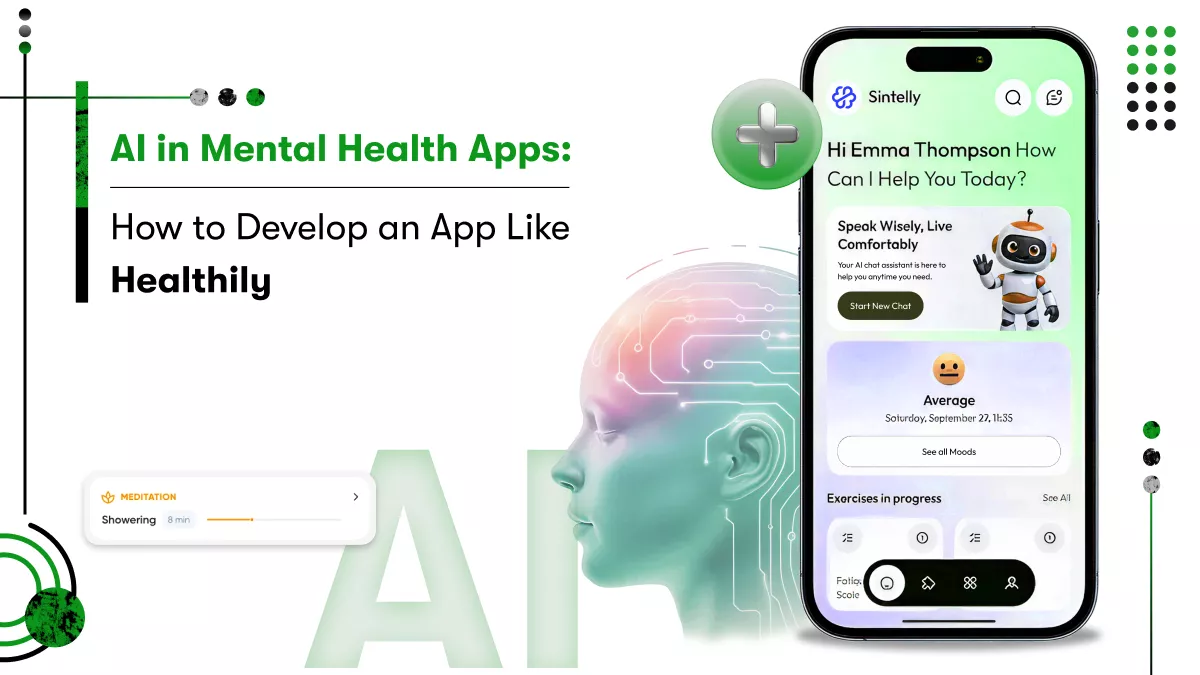
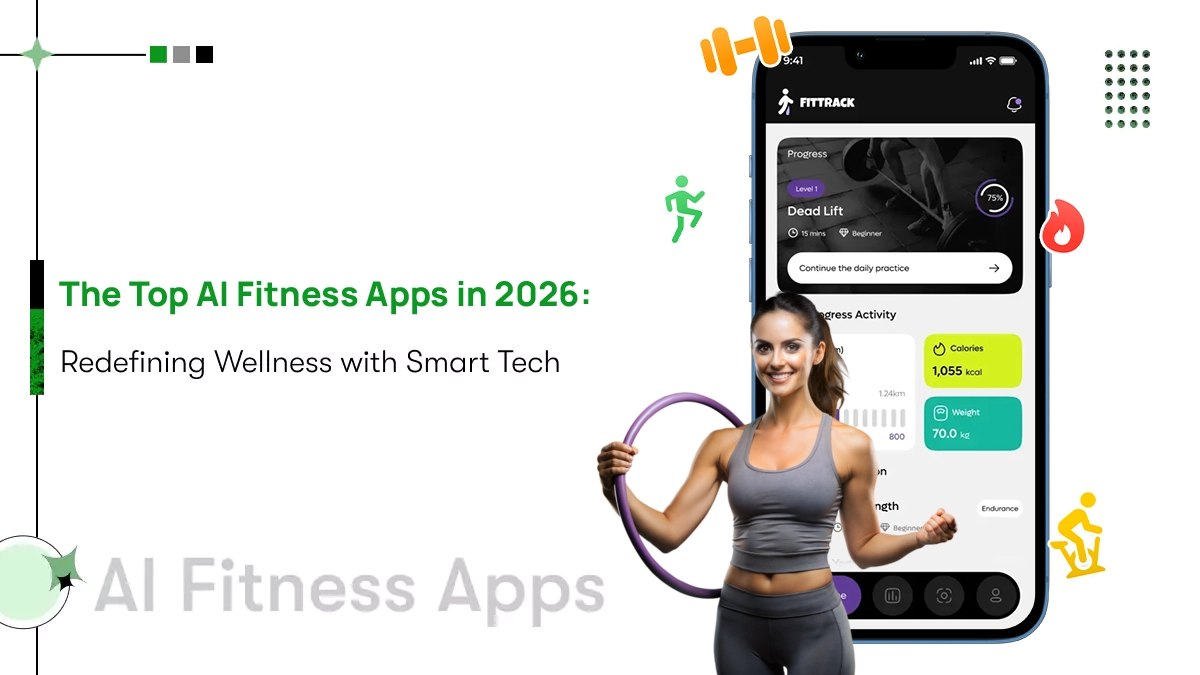







 Contact Information
Contact Information